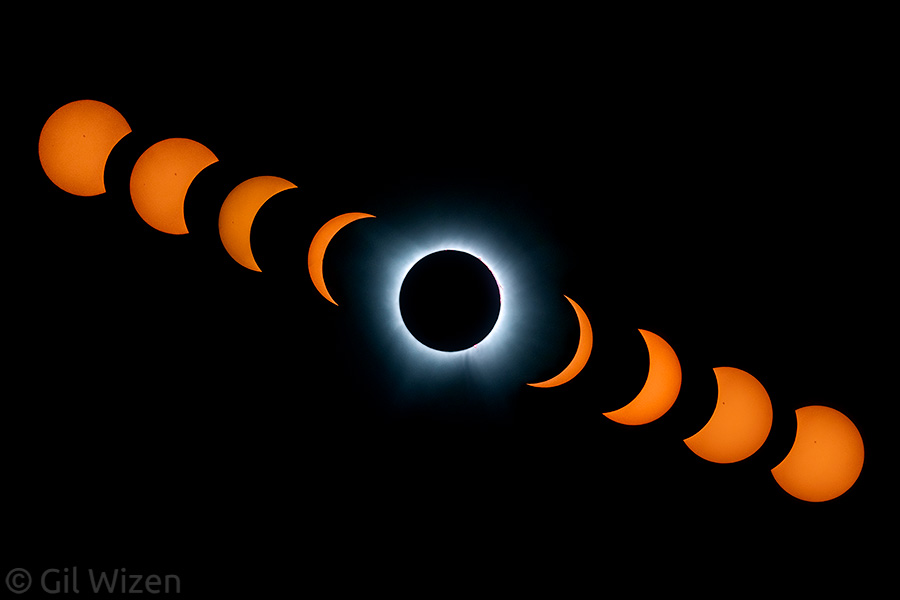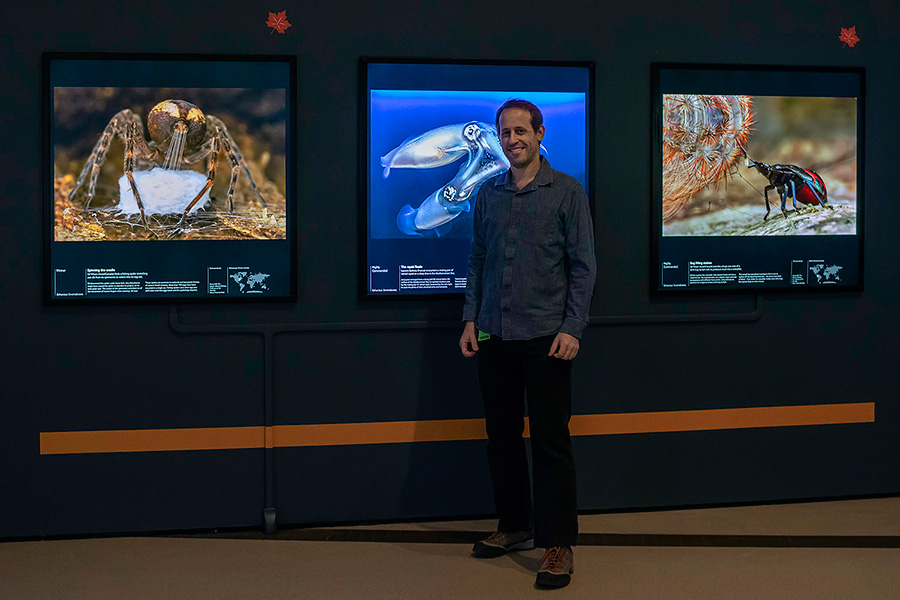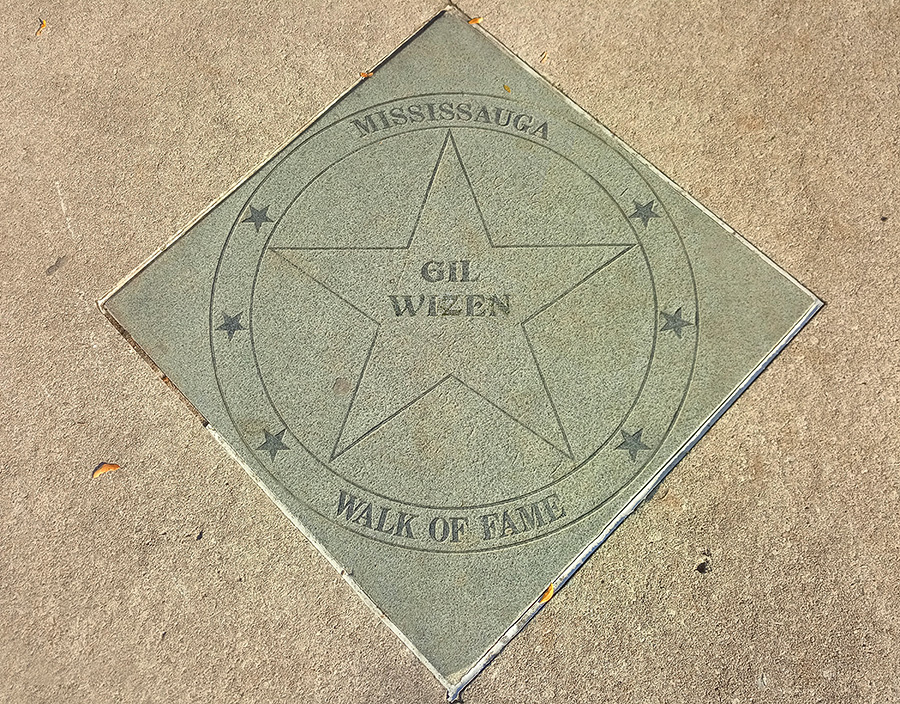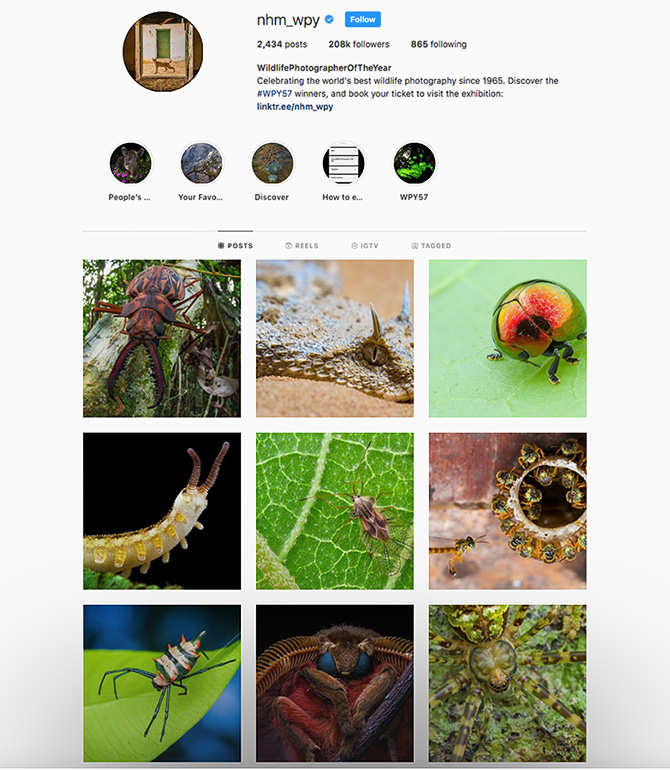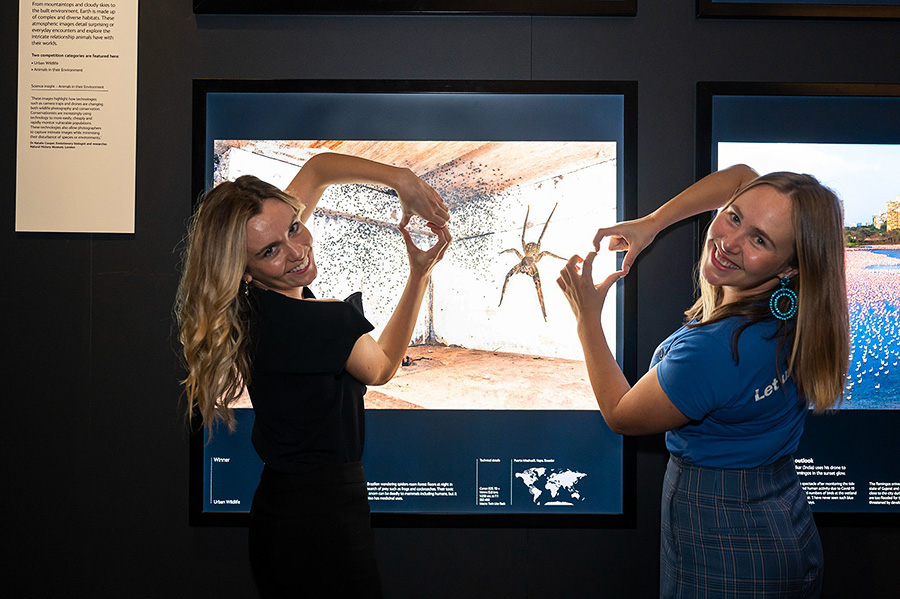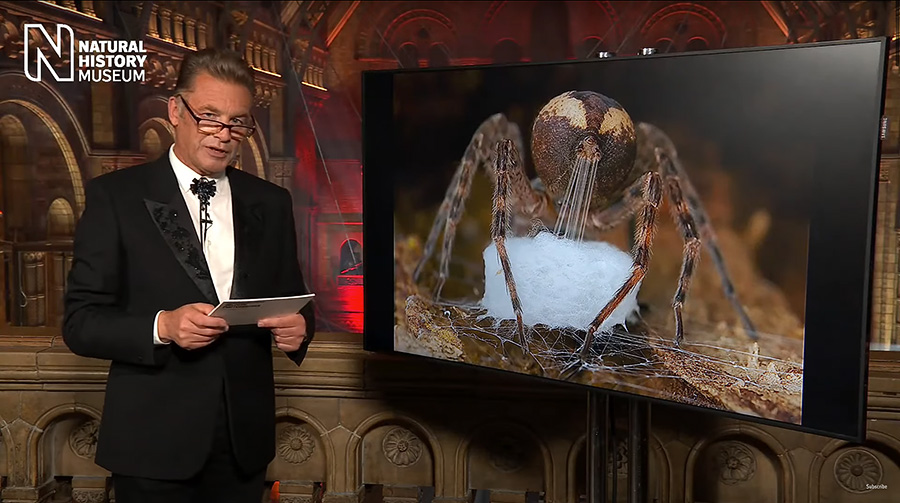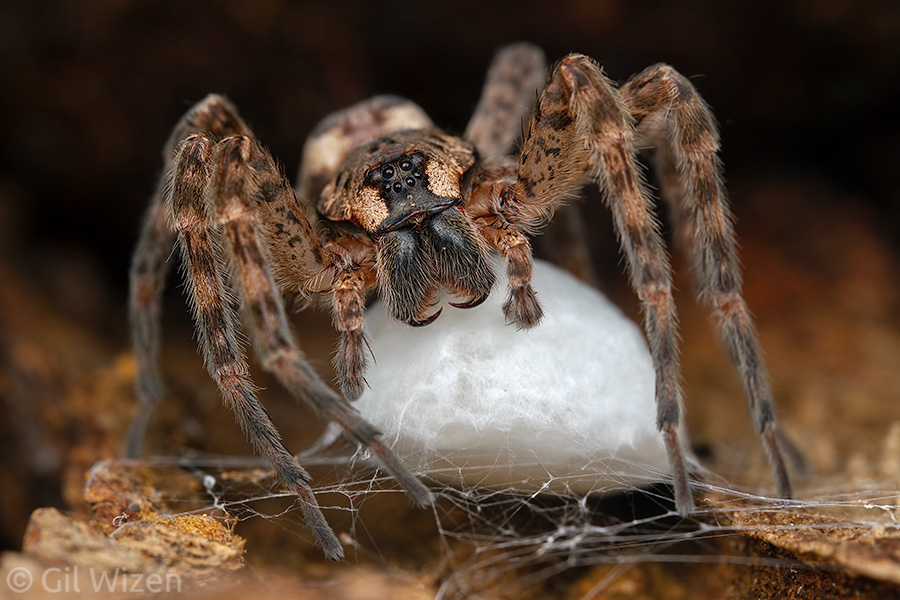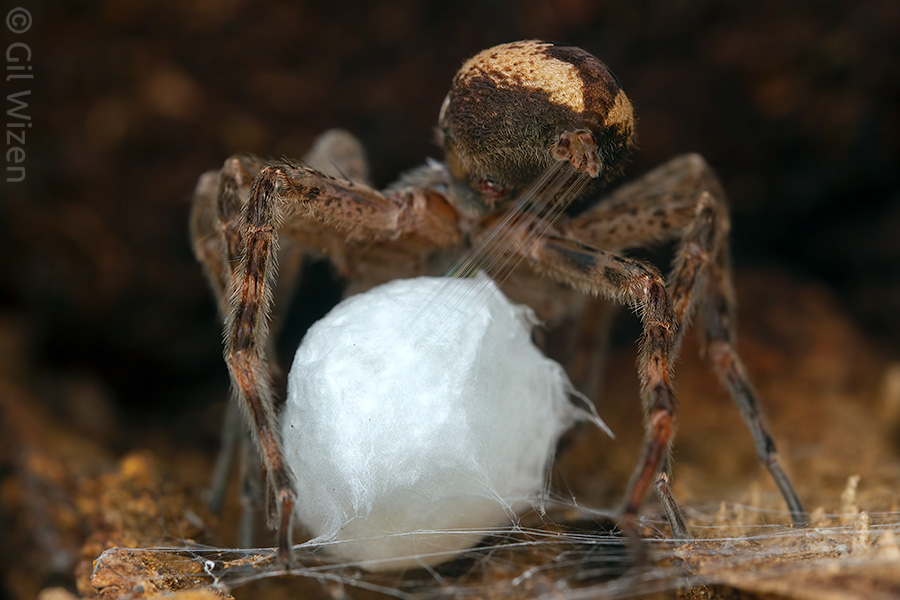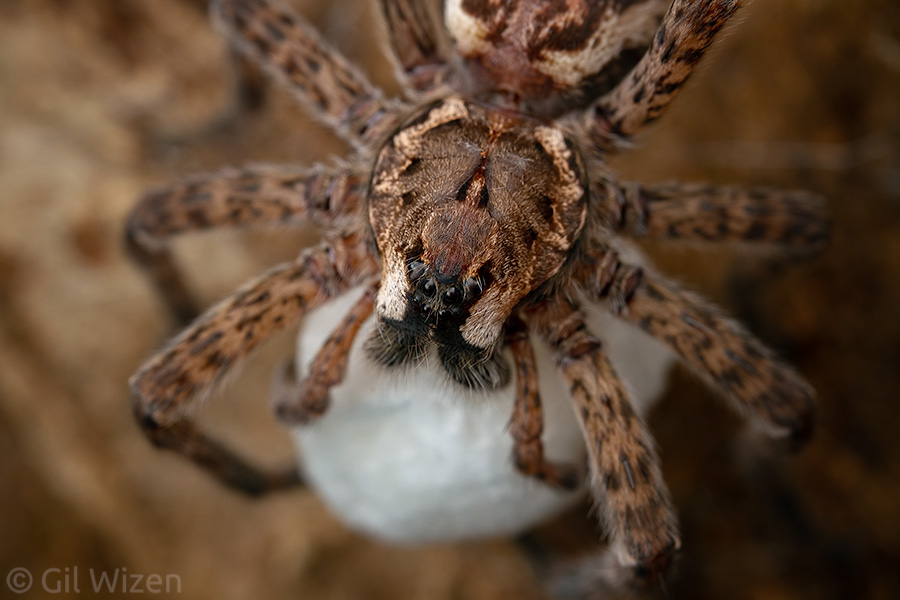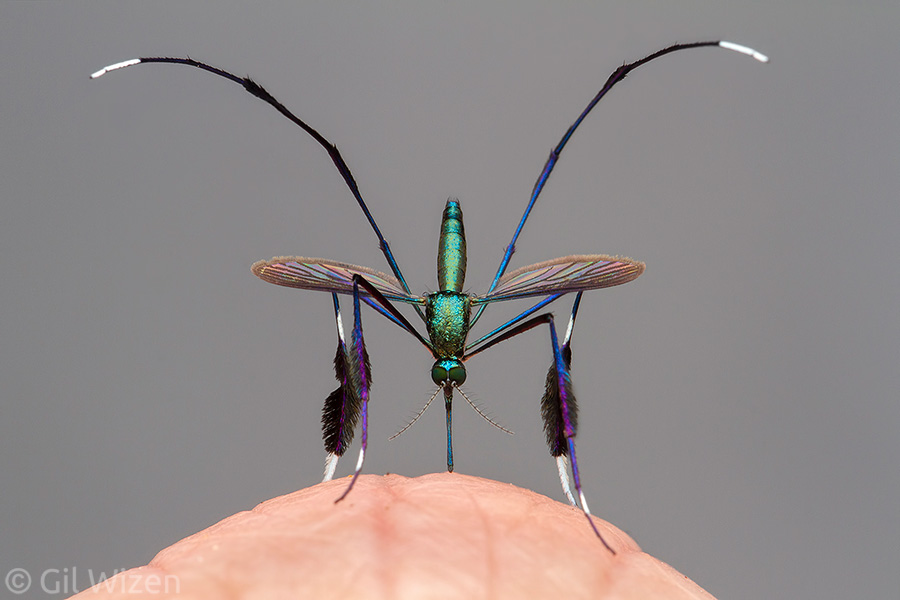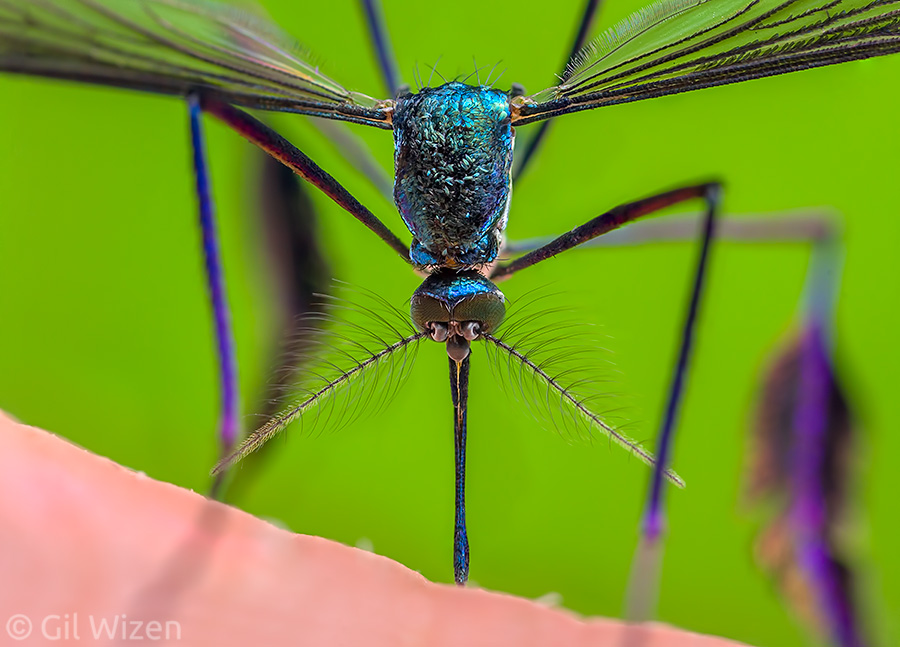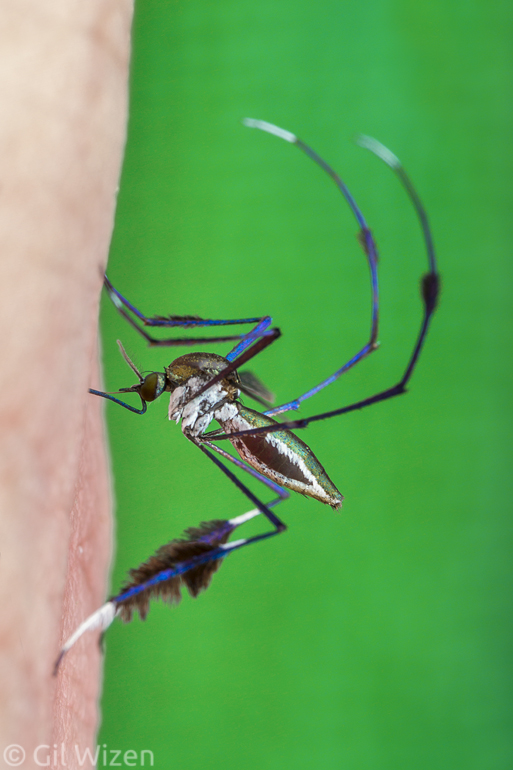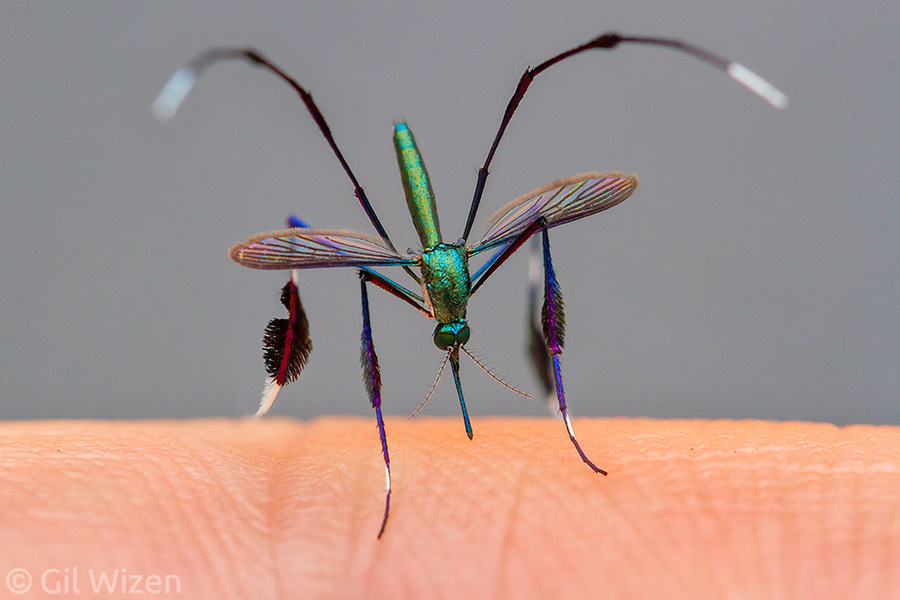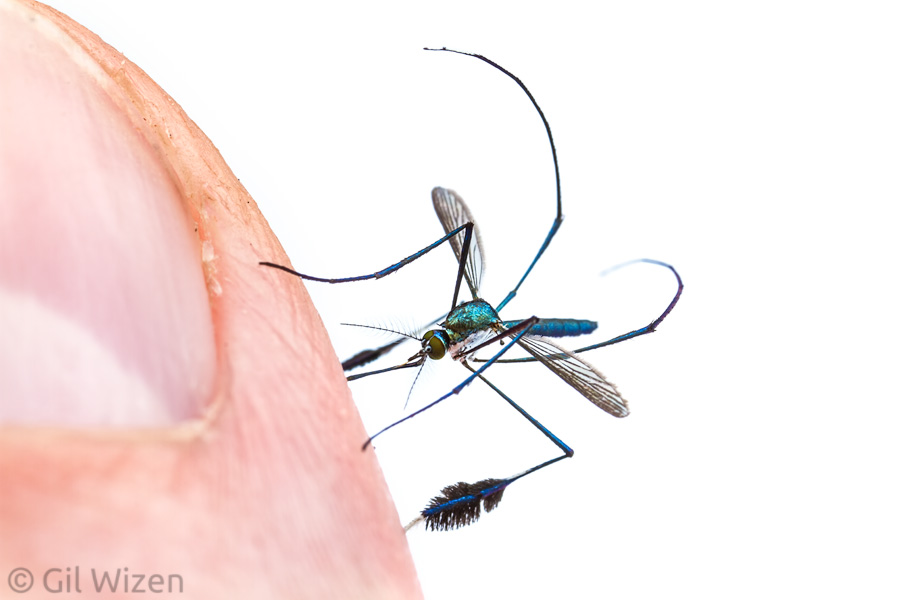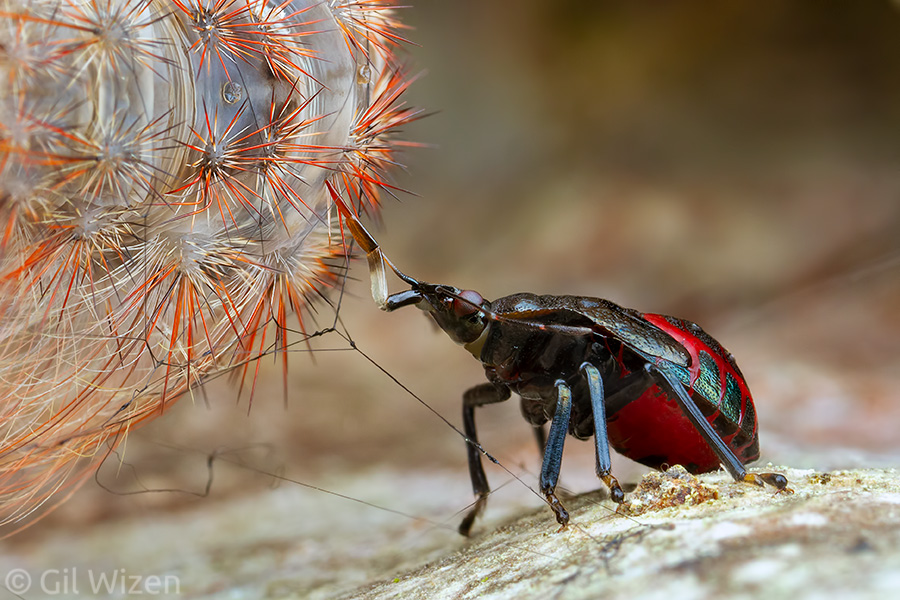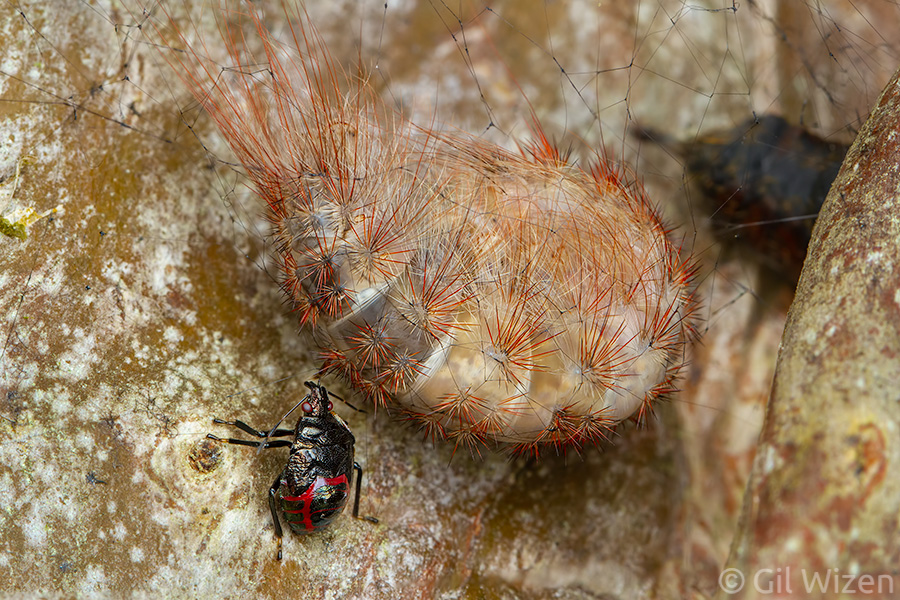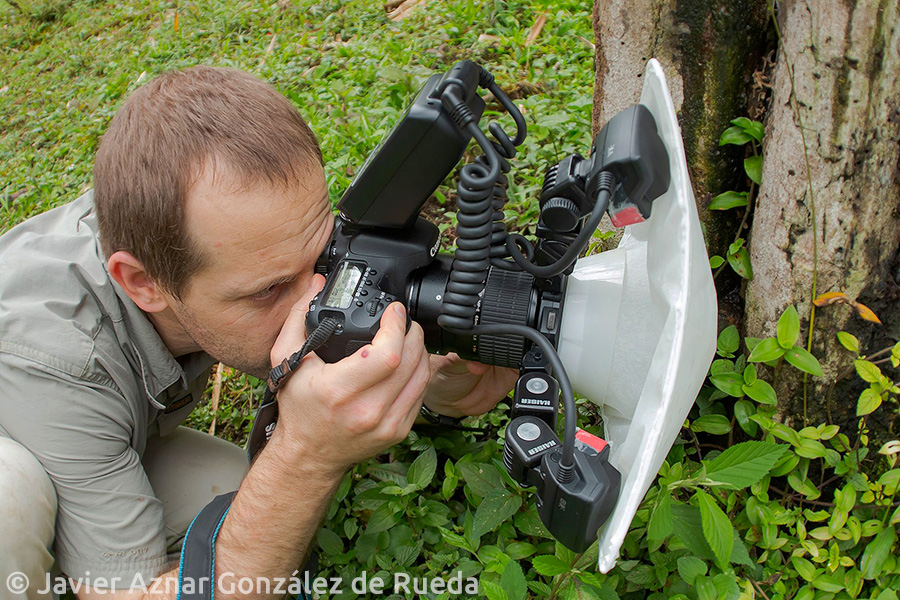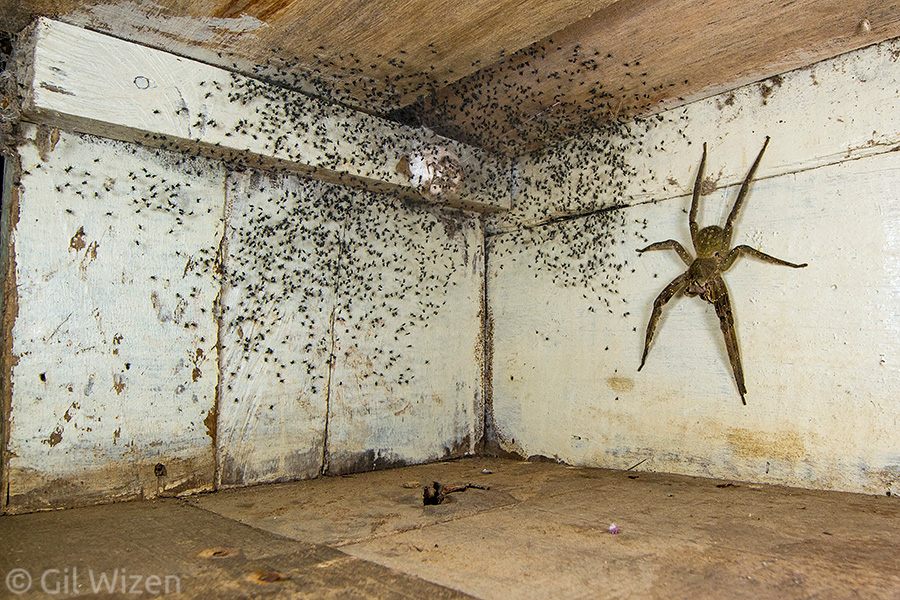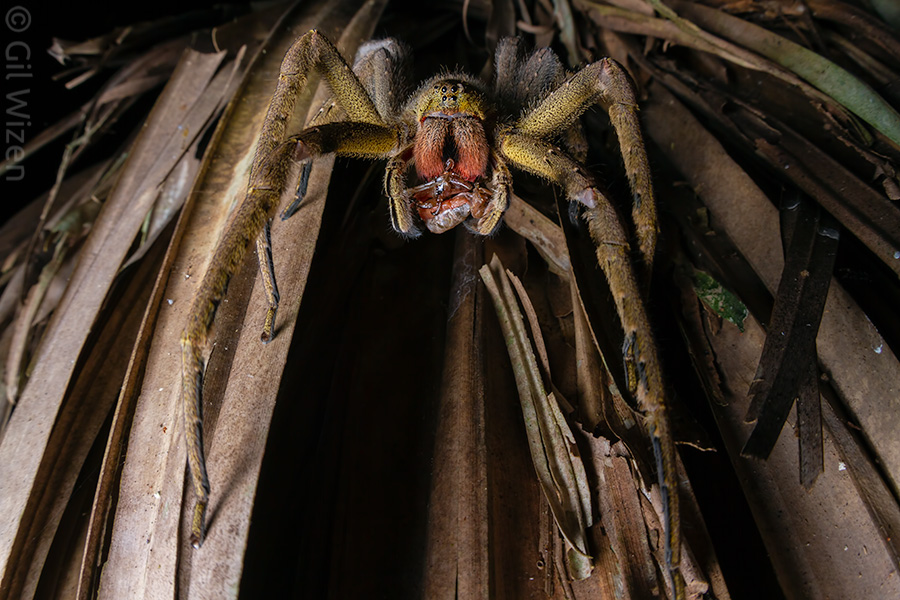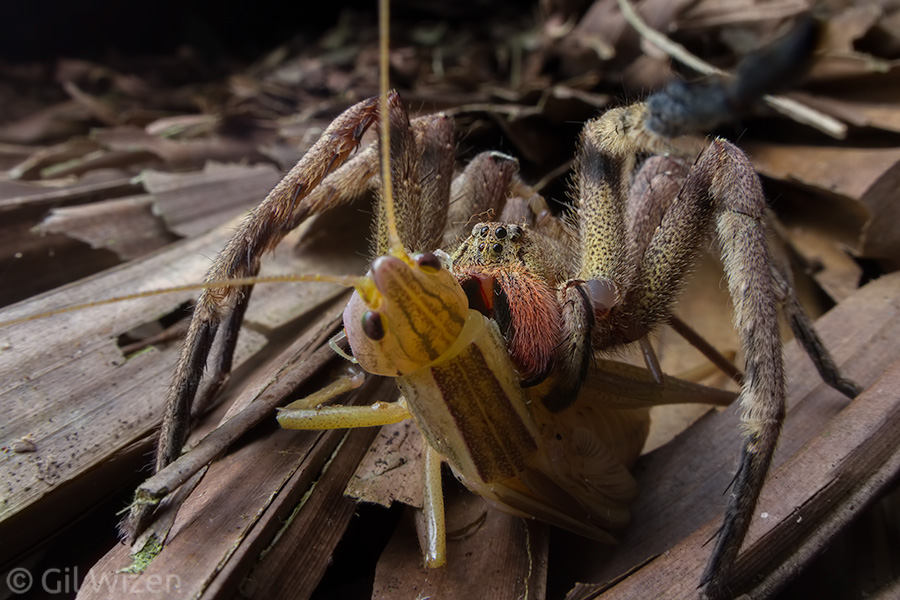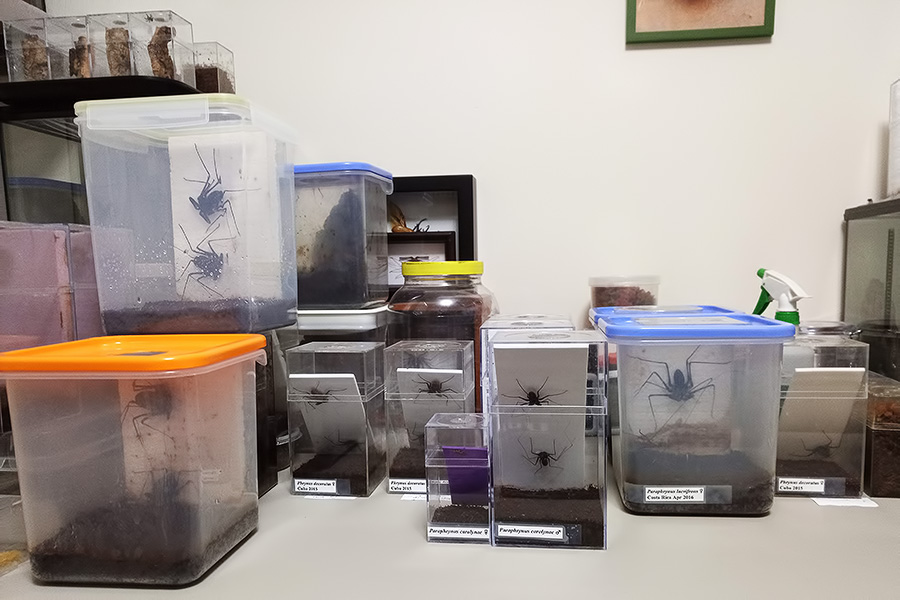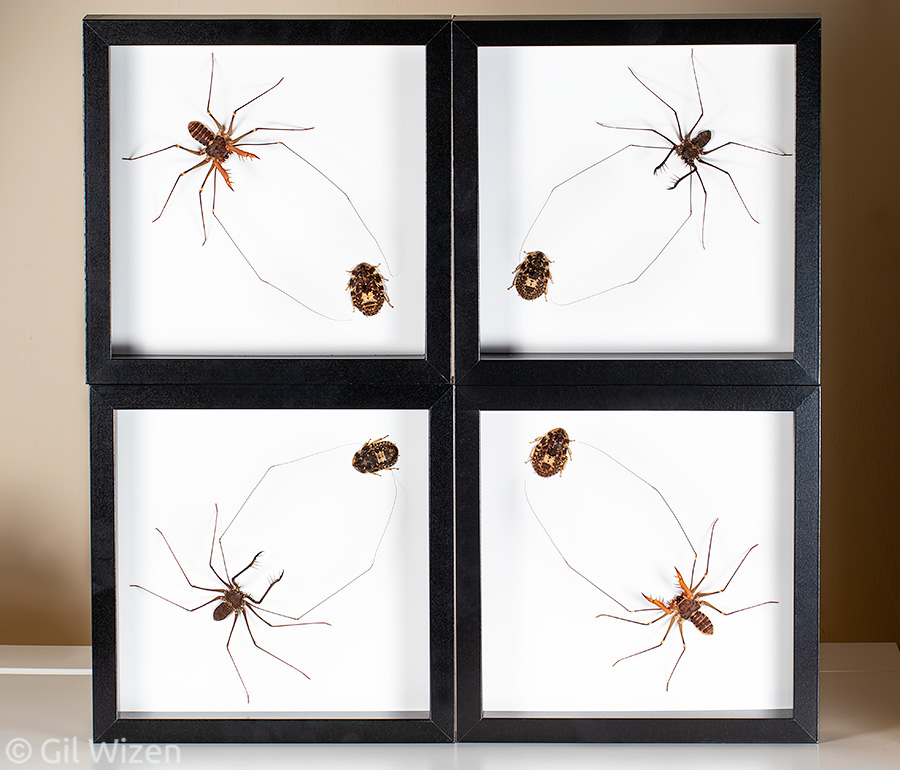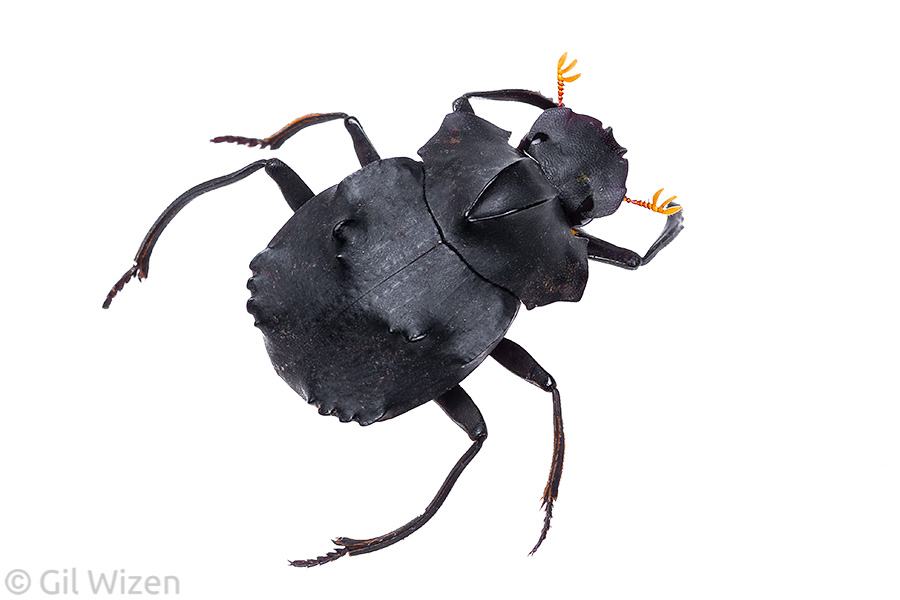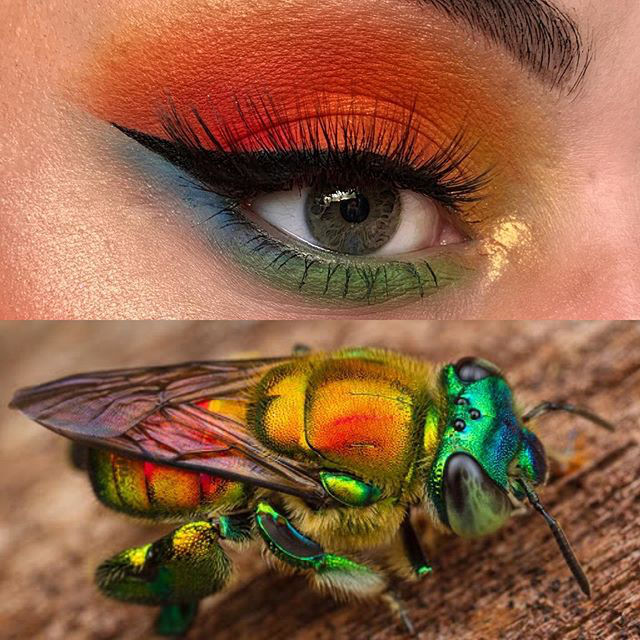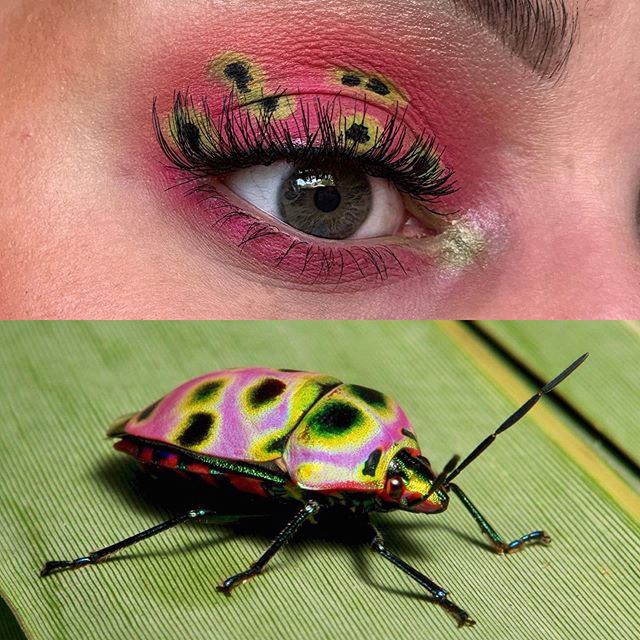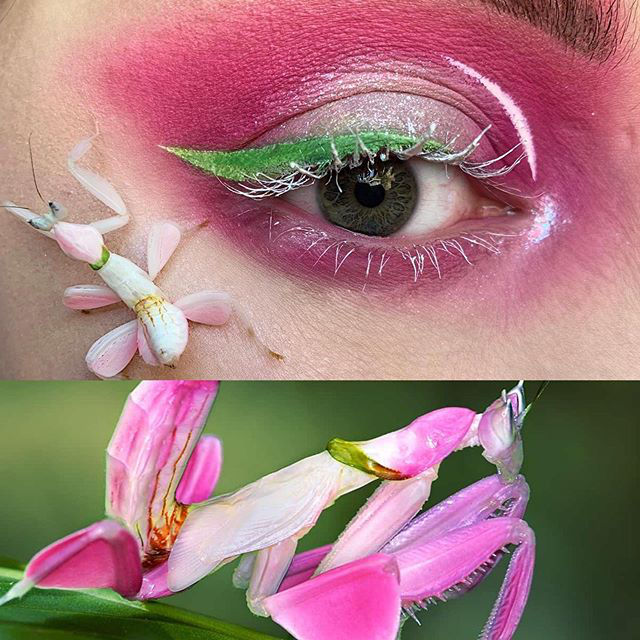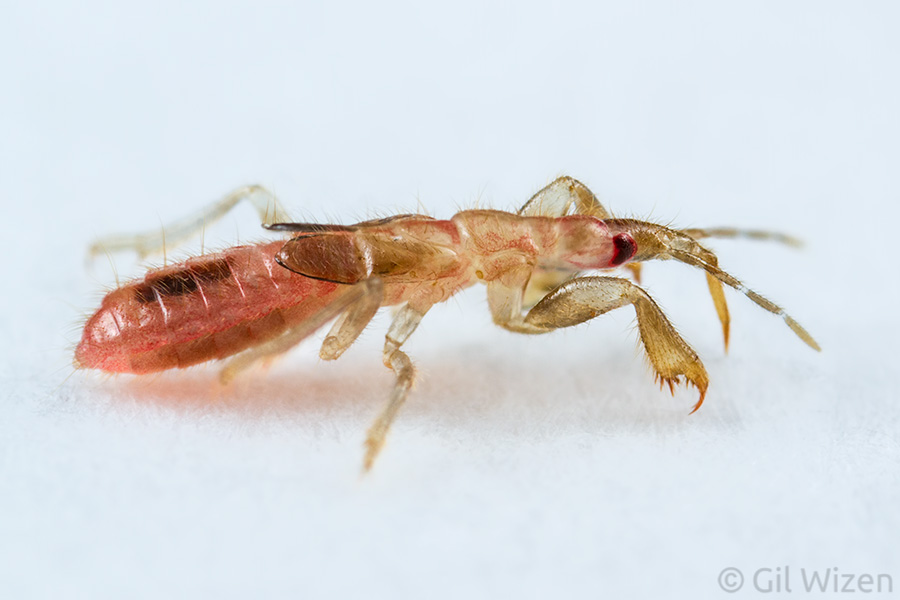Photographing a total solar eclipse (with a macro lens)
Turn around
Every now and then, I get a little bit restless
And I dream of something wild
I wonder what Bonnie Tyler was thinking about when she recorded her song “Total Eclipse of the Heart.” I can definitely relate to these words. Sometimes I feel antsy and eager to step outside of my comfort zone and do something I am not too familiar with.
“Total Eclipse of the Heart” is often used in association to solar eclipses merely because it has the word “eclipse” in the lyrics. There is, however, one element in the song that resonates perfectly with what happens during an eclipse, but I am getting ahead of myself.
In August 1999 I witnessed a partial solar eclipse in the desert of Israel. Back then I was not aware that it was actually a total eclipse that passed over most of Europe and south Asia. Being in Israel, I was located outside the path of totality, but it was still an impressive experience. I clearly remember the dimming of daylight, the quick drop in temperature, and noticing songbirds around me preparing for sleep, only to realize a few minutes later that it is still midday.
I knew that experiencing a total solar eclipse is on a whole other level, as often expressed in the famous quote “The difference between 99% and 100% totality is literally night and day.” However, even with my frequent travels, I never found myself at the right time and place, and traveling far for the sole purpose of catching a few minutes’ glimpse of a total eclipse seemed a little extreme to me (more on this later). So when I realized I am very close to the path of totality on this year’s total solar eclipse, I knew I had to witness it in person. I decided to team up with two friends (one of which is the president of The Kitchener-Waterloo Astronomy Club) to travel a few hours southwest to the path of totality and spend eclipse day there. This was a very rough plan, because we knew it relied heavily on the weather cooperating. Due to the forecast changing continuously, I can honestly say we had no idea where we were going until the night before eclipse day.
Of course, I also wanted to photograph the event, but this proved more challenging than I anticipated. Shooting the sun or the moon often requires a long telephoto lens due to their distance. A few years ago I sold my 500mm prime lens, so I no longer own any telephoto lenses. I could rent one, but probably not without prior booking so close to eclipse day. I could also go for a wide-angle view with a composite image of the different eclipse phases as they pass through the sky, but I was never a fan of those images, and ideally this also requires prior scouting for locations to ensure an interesting composition. I did not have the time or the means to do that.
I decided to use a 100mm macro lens mounted on an old Kenko 3x teleconverter. On an APS-C sensor DSLR camera this should give me a decent view of the sun while still leaving enough room in the frame for what I was really after – the solar corona. In preparations for the eclipse, I tested both my Canon 100m f/2.8L and the Laowa 100mm f/2.8 macro lenses, and although the Laowa came in sharper I decided to go with the Canon. Why? Because I hoped to photograph a phase called “diamond ring” in which the sun peeks behind the surface of the moon. My hope was to capture the effect with a sunstar, and the Canon lens performs better in this regard (spoiler: I failed).
Unfortunately, my Frankenstein gear setup meant that I was going to sacrifice several stops of light. I initially checked out the solar eclipse exposure calculator to figure out what ISO, shutter speed, and aperture values to use for photographing, but upon testing my gear a day before the eclipse it became clear that I was missing a lot of light, resulting in an image darker than normal. Luckily, I found this article by Gordon Telepun (remember the name, he will be mentioned again in a bit) that explains how to manually calculate the correct exposure for each phase of the eclipse. I ended up choosing a combination of high ISO, slowish shutter speed and a low aperture value (ISO 800, 1/3-1/200, f/5.6 for those interested) for my eclipse photos, which would help me capture the sun’s corona at the cost of image noise.
Another helpful webpage is this lens and sensor visualization tool, where you input your camera’s sensor size and your lens’ focal length (and whether you are using a teleconverter or not) and it shows you what part of the frame the sun will occupy and how fast it will move across it. The latter can save embarrassment in the field if you do not have a tracking mount, as you can plan ahead to check your framing periodically to prevent the sun from escaping due to the earth’s rotation.
One of the most important things to keep in mind when planning is to look for a place in the eclipse’s path that has clear sky. It sounds intuitive but if I had to choose between watching a total eclipse in the city where I live where clouds are common and a desert location where clouds are rare, I would choose the desert in a heartbeat. We used Windy.com to check for cloud cover forecast and eventually settled on Erieau Beach as the site to observe the eclipse. Forecast still showed a range of 9-30% cloud cover but other options were worse.
We headed out at 5am. This was a short drive, only over a couple of hours, but after realizing that the adjacent beach is already fully booked we were concerned that we would not find parking. We ended up being the first people on the beach. Soon enough, more and more cars showed up as the morning progressed, so we were glad we got there on time. As the beach started to fill up with people we secured a space with seats (and later learned that it was on a private property, but the kind owners let us stay) where we would spend most of the day, waiting for the start of the eclipse in the afternoon. As a tip, it is good to have something to do during this time. I noticed people collecting observations for iNaturalist, playing games, or even going for a swim in the cold water of Lake Erie. My friend borrowed a solar telescope with a Hydrogen-alpha filter from his club. This was not really needed for the eclipse; you can observe the sun on any day of the year. However, this proved to be a great source of interest and entertainment to us and to fellow eclipse watchers during the wait. As for me, I spent most of this time reading and chatting with the friendly people from the local community.
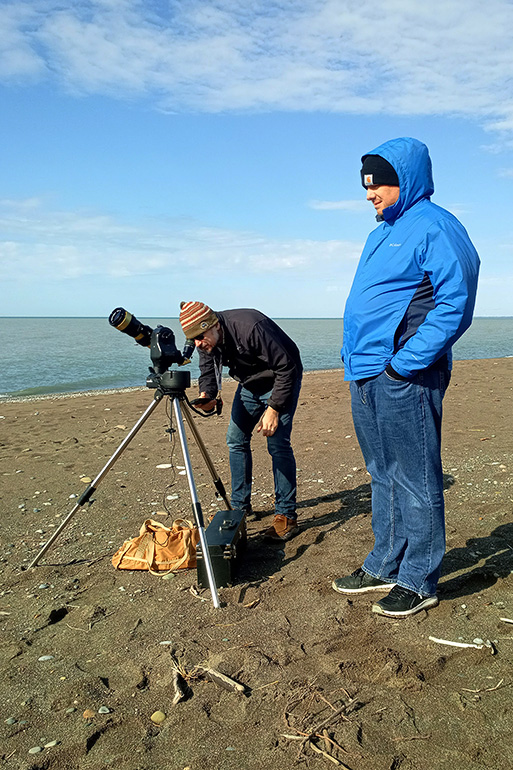
Looking at the sun through a solar telescope. Notice the surroundings, looks like a normal sunny day.
It was a beautiful day and the sky was clear of clouds. The forecast, however, still predicted a 26% cloud cover at the time of the eclipse so we were a little concerned. Not as bad as other locations (looking at you, Niagara Falls), but still – we really wished for a clear view of totality. And like a clock, a wall of clouds could be seen approaching from the south at 1pm, when the eclipse was due to start at 1:59pm… Uh oh.
Despite this, we could still very easily see the sun when the eclipse started. It seems that the cloud cover consisted mostly of thin cirrus clouds made of ice crystals, and the sun, being so bright, had no problem shining straight through them. To be better prepared for the exact timings of the different eclipse phases, we downloaded Solar Eclipse Timer app by Gordon Telepun (hello again!) to our phone. I cannot recommend this app enough. It synchronizes your GPS location with the eclipse timings and calculates the different phases, giving you announcements in Gordon’s voice prior to each phase and recommendations what to watch out for. This is extremely important for several reasons. First, during the partial phases you can only look at the sun through a solar filter or solar eclipse glasses to prevent damage to your eyes or your camera sensor. Once totality hits and everything gets dark, you need to remove the filter or you will miss the whole thing. You can look at the sun without protection only when the moon completely covers it, and it is not always easy to know when it is safe. It is even more important right before totality ends, because your eyes have adjusted to darkness and are at risk of exposure to the sun’s brightness once the moon moves on. Second, if you plan to photograph the eclipse, having the timer app helps maximizing your time in totality as well as capturing the more elusive phases like Baily’s beads and diamond ring.
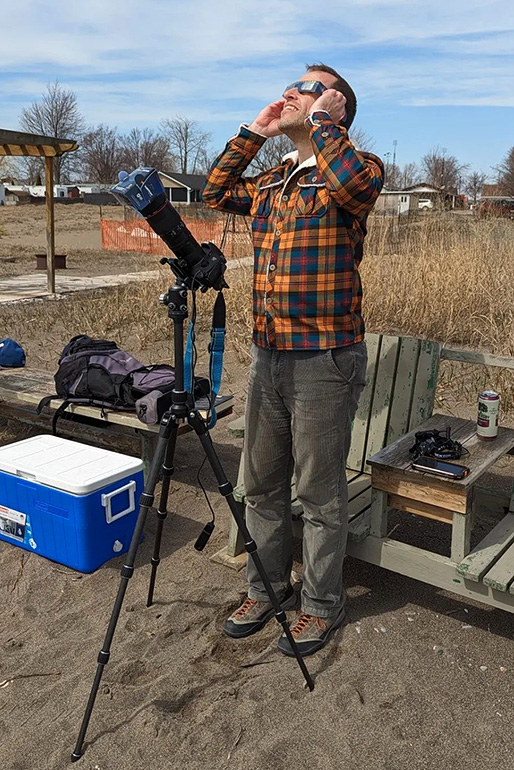
The start of the eclipse. The light is dimmer, everything is starting to look a little bland. My jacket though, looked brighter in person in the moments close to totality.
The time leading up to totality was not very different from my experience in 1999. Our surroundings gradually got darker as the moon’s shadow progressed to move over us, and it got breezy and cold, and I mean REALLY cold. I would not be surprised if we hit single digit temperatures – my hands were freezing. The lake now looked milky, devoid of any reflections. Shadows were fuzzy. I wore my most flamboyant jacket in preparation for the Purkinje effect. A detailed explanation of this effect from Gordon Telepun (hello again, friend!) can be found here, but to simplify, due to the change in illumination around the eclipse’s totality the color perception by our eyes changes. Red colors appear bland whereas greens and yellows appear brighter. This effect cannot be recorded with a camera because it happens inside our eyes. This is where the lyrics from the song I quoted earlier come into play. I highly recommend turning around (just like in Bonnie Tyler’s song – see, I told you we would end up here, bright eyes!) and looking at your surroundings right before and straight after totality. And indeed, as it got darker my friends commented that my jacket looked brighter with more contrast. We also saw the same effect on juniper trees that were growing in the garden behind us – they looked almost neon green, such a beautiful color!
The change in environmental conditions also triggered a change in animal behavior, of course. The birds we saw earlier in the day were now gone, but we noticed many red admiral butterflies low-flying sluggishly, looking for a place to sleep. I thought that was really cute.
In those moments leading up to totality I started feeling stressed. I really wanted to get some decent photos, and I was concerned that it would not be possible with my exposure values. I was also worried that I would have to push those values even lower now with the thin cloud cover blocking some of the light. Time was also an issue. I planned to record bracketed exposures, 7 shots for each series, and I felt that with the slow shutter speed I would not have enough time to both photograph and enjoy the eclipse. With this in mind I decided the remove my lens solar filter 1min before totality, and block it with my hand.
It was now 3:14pm. The moment of totality, when the sun is completely obstructed by the moon, is both terrifying and beautiful. The body floods you with adrenaline and you just cannot stay silent. People often discover their spiritual or religious connection and cry out “oh my god” or “Jesus Christ.” I found that very amusing. This is the only time you can safely look at the sun directly with your eyes, and you should! It is one of the most beautiful things you will see in your life. For me, I was surprised and shocked to see the actual size of the sun in the sky, and even more surprised that I could see prominences (solar flares) with my naked eyes without any help of binoculars or a telescope. It was mind blowing.

Total solar eclipse, the moment of totality. You can easily see the prominences (solar plasma flaring outwards from the surface) even with the naked eye!
At our location we had 2:34 minutes of totality. I felt every passing second of it, and yet it flew by fast. I immediately started photographing. It was very stressful. I closed the aperture to record the first diamond ring but I miscalculated and it ended up too dark and out of focus. Then I started the bracketed exposures. The first run went ok, but on the second run I miscounted the exposures and messed it up. I figured out that something was wrong on my third run, and I had to switch the camera off and back on, reconfigure the exposure bracket, and start over. This wasted precious time, not to mention meddling with the camera might have affected the focus. But I kept going. I tried to capture the second diamond ring and this time the result was better, but not what I was hoping for. I used a fast shutter speed but the aperture was still f/5.6, so there was no sunstar. And right then, after I recorded the second diamond ring, my camera malfunctioned and gave me an error.

The second diamond ring phase of the total solar eclipse, a first glimpse of the sun’s brightness after totality.

By the way, once you get a photo of the diamond ring phase you can be a little creative… Here is a mock up of the title card for the early 2000’s TV series “Heroes” that I made using my photo from the eclipse. Just for fun.
It is a repeated cliché heard on total eclipse photography tutorials, calling photographers to leave malfunctioning gear aside and enjoy the eclipse instead of trying to fix it. I remember asking myself “does this really happen?”
Well apparently it does. I don’t know what caused the error. I can only be grateful that it happened after totality was over, and that there was no actual damage to the gear. All I had to do was reinstall the battery and go back to shooting the partial phases. I was curious to see what images I got though, and was ecstatic to see that I captured some of the solar corona even with my low exposure values!

Total solar eclipse, the moment of totality. Here the corona (the outmost part of the sun’s atmosphere) is more visible.

The solar corona with its streamers. This is the photo I had in mind more or less when I thought about the total solar eclipse. You can tell I pushed my camera and post-processing to their limits, but considering I was shooting through a layer of clouds I am happy with the result.
I forgot to mention two things that happened at our location. First, the icy cirrus clouds that I mentioned earlier caused a halo to form around the sun. This is an optical phenomenon called sundog or parhelion. I have seen them in the past but never in a complete full circle. It was beautiful and mesmerising, and made the eclipse experience so much better. Needless to say, during totality when sunlight was blocked the sundog disappeared from view, only to reappear again after totality was over.
The second thing was an interesting optical effect on the lake’s water. I mentioned that the water looked milky leading up to totality. It was very difficult to make out the horizon line because there were no reflections. In the moments right before totality and straight after it, there was a subtle shimmer on the water, like a silvery sparkle. It was one of the most beautiful optical phenomena I have ever seen. People who observed total solar eclipses over snow mention the same effect.
The following clip was filmed right next to us. You can see this effect if look at the water right before totality (WARNING – people shouting):
Here’s another clip that demonstrates what an out of body experience a total solar eclipse is. It shows the shadow of the moon passing overhead during the eclipse. You can see the sundog here too.
No one can tell you exactly how you would feel the first time you see a total solar eclipse. You might cheer, you might get emotional. One thing is for sure – something happens to you when you experience it, and you leave changed forever. The image of the sun turned black, surrounded by a glowing ring of its corona, is etched in my mind and I cannot stop thinking about it. It is only but a fleeting moment, but it is one of the most beautiful things I have ever seen.
I am having a hard time finding the words to describe how I feel. All I can say is that I was humbled by the whole experience. It was definitely something that I will never forget, so stunning and thought-provoking. And going back to my statement about traveling for the purpose of watching a total solar eclipse, I see this very differently now and I completely understand it. To be honest, I might find myself doing it if the opportunity presents itself. It really is worth it. If you plan to watch a total solar eclipse (close to home or by traveling), I highly recommend Xavier Jubier’s website, the best source for everything eclipse-related. Try it, you will not be disappointed. There are interactive maps, data calculators, recommendations, etc’ for both past and future eclipses. Xavier has put together staggering amounts of information on this website, free for everyone to use. I wish I could show him gratitude in person, he really created the best website for anyone interested in watching eclipses. I know I will go back to his website in preparation for future total solar eclipses. I hope you consider doing the same.
Oh yes, one more thing. I mentioned my friend bringing the solar telescope. It seems appropriate to end this post with a photo of the full sun, taken through the telescope’s eyepiece (using Canon’s criminally underrated lens, the now-discontinued 24mm STM pancake):

Our sun, as seen through a solar telescope. Note the prominences (solar plasma flaring outwards from the surface) and sunspots (magnetic storms on the surface).
Bear in mind the telescope produces a red image due to its special filter, so I was a little liberal with the colors during post-processing. Still, I think it came out lovely. Not only can you clearly see prominences flaring out of the sun’s surface, but you can also detect sunspots – strong magnetic storms occurring on the surface of the star. As I was looking through the telescope’s eyepiece I said to my friend “The sun is cute.”
“Cute?..” he chuckled with a raised eyebrow.
Well. I only said that because I was watching from a safe distance. I have no burning desire to touch the surface of the sun. Just give me a front row seat and I’ll be happy.

